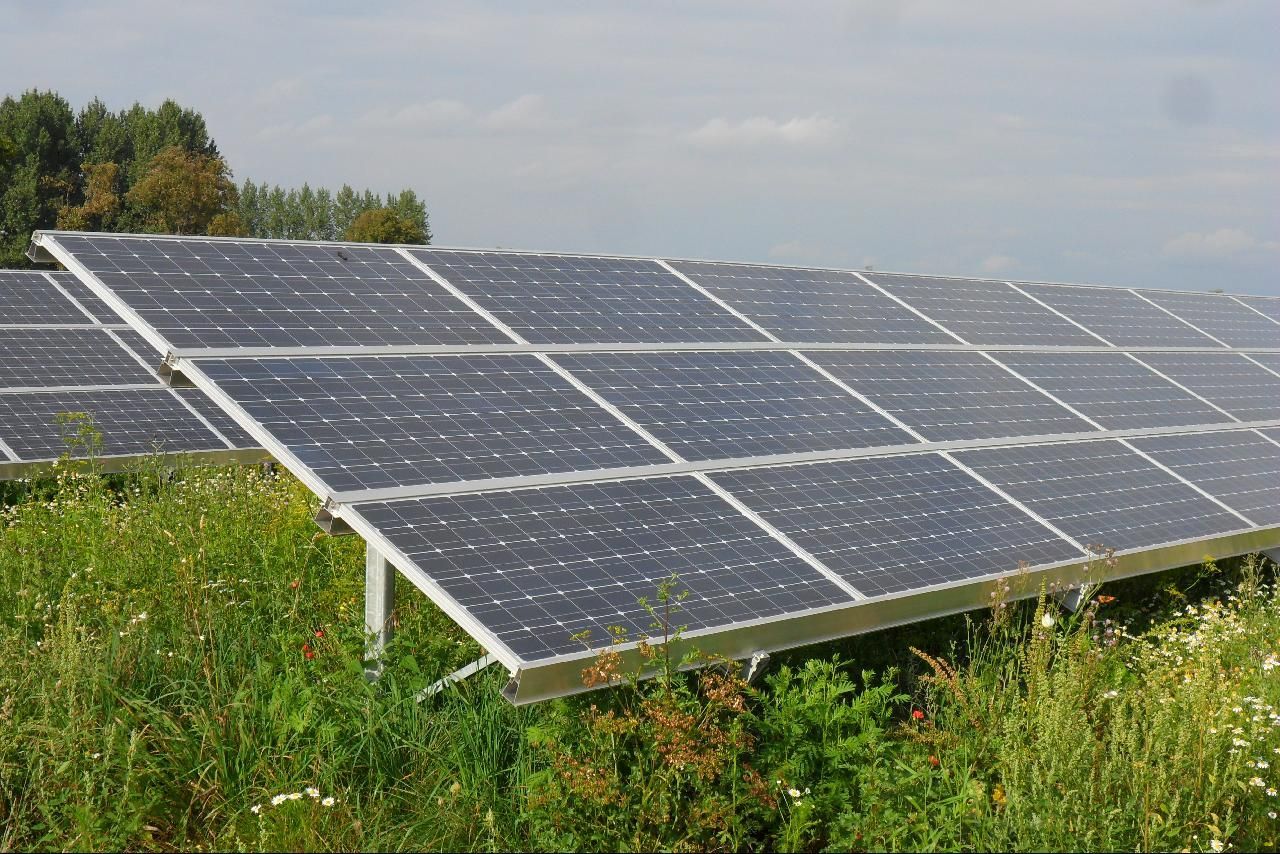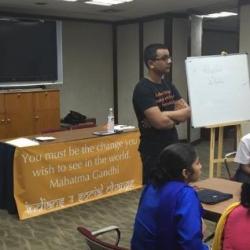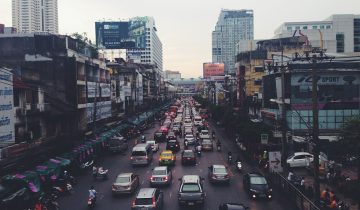Modi Pledges to Power Every House in India With the Help of Renewable Energy

People have their criticisms of Modi, but one thing he has proven his track record with is energy development. In a country plagued with blackouts and lack of access to power, this is a big move, especially, given India’s huge dependency on coal.
Modi’s Track Record
Modi, when serving as CM of Gujarat, implemented large-scale solar power in 2009. BJP will probably use the lessons learned from this project to implement it nationally. Another one of Modi’s biggest achievements in Gujarat was privatizing some of the major energy companies and helping them turn profitable. If he takes similar steps nationally, it could definitely help achieve the BJP’s goal. The obstacles at the national level are certainly greater (more legal hurdles, more people to convince, etc), but Modi has shown his ability to obliterate any obstacles. The biggest obstacle that this project will face will probably be not from the outside, but from Modi and the BJP itself, in regards to whether or not they decide to actually go ahead with the project.
New Promises
The BJP wants to provide enough power for each household to have enough power to run two bulbs, a solar cooker and a television by 2019 in it by 2019, mainly using renewable energy. 400 million people in India lack access to basic power, so this is quite an ambitious goal. This is definitely an important goal given the growing pollution and environmental problems in India. The convener of the energy division at BJP said, “We look upon solar as having the potential to completely transform the way we look at the energy space.” This couldn’t be more true for India given its large size and geographical location.
How much energy could solar provide India? A lot.

Power Gap
One of the biggest reasons so many people don’t have access to power is that a large portion of the population lives in rural areas, where it’s harder to reach. Thus, it will be interesting to see who actually gains access to the new solar power. Jagadish Thaker, a doctoral candidate at George Washington University and coauthor of the paper “Shifting discourses of climate change in India” told ThinkProgress:
On the issue of domestic equity — who losses and who gains — I think we have to pay close attention. Who will benefit from more investments in clean energy? Will the rich continue to get undue benefits, or will the rural areas be able to access uninterrupted electric supply? If solar power primarily reaches urban consumers, it thereby increases the ‘power’ gap between urban and rural populations.
Battle with US
India has been trying to grow its domestic solar industry by imposing high tariffs on foreign imports. In response, the US is threatening to take India to the WTO for unfair trade policies. India has also said that they might have a problem with the US’s treatment of the solar industry as well. These trade battles have the potential to stifle the growth of solar in India. American environmentalists are also in favor of Indian trade policies, as they see the value of having widespread solar power in India.
Conclusion
If India is able to implement large-scale solar energy, it will be a big step for the world in testing the practicality of renewable energy. India is uniquely important for the future of renewable energy as it is a large-developing country, which means it faces two of the largest obstacles, lack of money and abundance of need. It will be interesting to see where this goes both in India and other neighboring countries. (Pakistan is also planning large solar projects!)
[Image Attribute: mueritz via Compfight cc]




